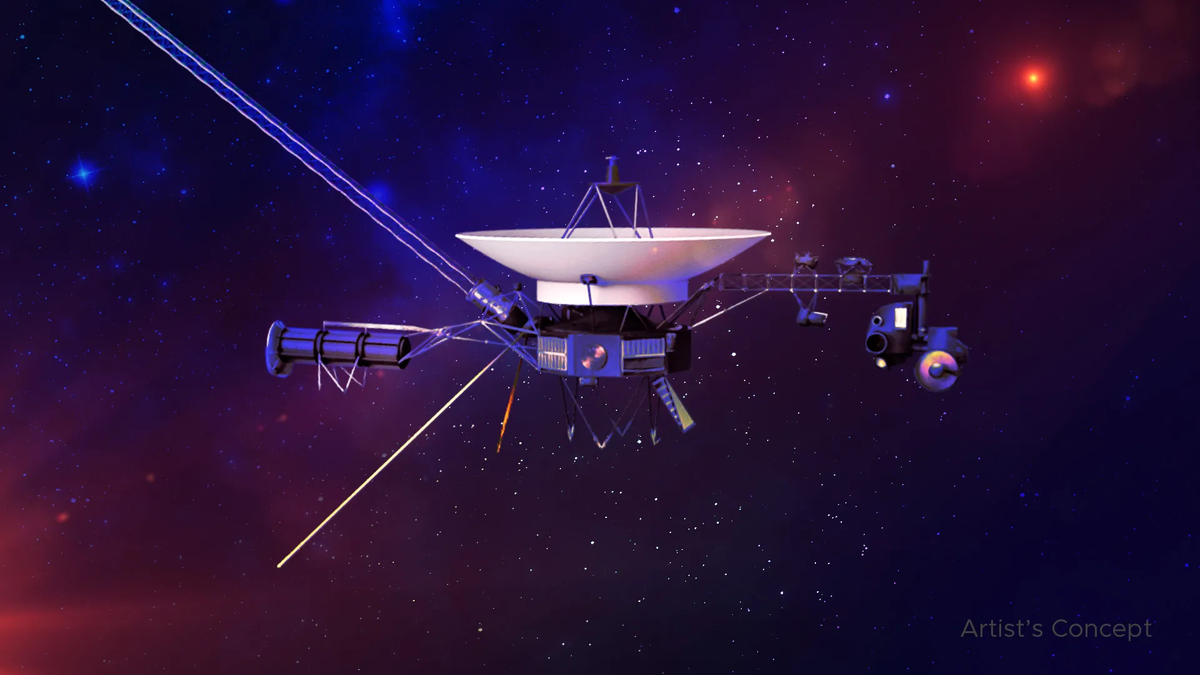Voyager fans, rejoice! The 46-year-old spacecraft is once again probing interstellar space for cosmic wonders following a seven month-long hiatus.
NASA announced that its iconic mission is back to normal operations, with all four of its instruments returning science data for the first time following a technical issue that first began in November 2023.
Voyager 1 launched in 1977, so it’s operating on vintage tech. The storied spacecraft is exploring the outermost edge of the Sun’s domain, combining its observations with data from newer missions to get a better understanding of how the heliosphere interacts with interstellar space. For decades, the spacecraft has been a reliable source of data on the universe, discovering new moons, active volcanoes, and planetary rings.
Late last year, however, the spacecraft started talking back to Earth in unusable gibberish. In March, the team behind the mission pinpointed the cause behind Voyager 1’s nonsensical data: a single chip responsible for storing part of the affected portion of the spacecraft’s flight data system (FDS) memory.
FDS collects data from Voyager’s science instruments, as well as engineering data about the health of the spacecraft, and combines them into a single package that’s transmitted to Earth in binary code. When it started glitching, however, the mission began sending data in a repeating pattern of ones and zeroes.
To help resolve the issue, the engineers at NASA’s Jet Propulsion Laboratory placed the affected code elsewhere in the FDS memory rather than fixing the corrupted chip itself.
On May 19, the mission team carried out the second part of Voyager’s rescue mission by beaming a command to the spacecraft. Two of the four science instruments on board Voyager 1 returned to their normal operating modes immediately while two other instruments required some additional work, according to NASA. Now, the space agency happily revealed that all four instruments are returning usable science data.
Voyager 1 launched less than a month after its twin probe, Voyager 2, began its own journey to space. On August 25, 2012, Voyager 1 became the first human-made object to reach interstellar space and travel beyond the Sun’s realm of influence. The spacecraft is currently 15.14 billion miles away, which makes its repair operations all that much more impressive.
For more spaceflight in your life, follow us on X and bookmark Gizmodo’s dedicated Spaceflight page.

Dr. Sarah Adams is a scientist and science communicator who makes complex topics accessible to all. Her articles explore breakthroughs in various scientific disciplines, from space exploration to cutting-edge research.







